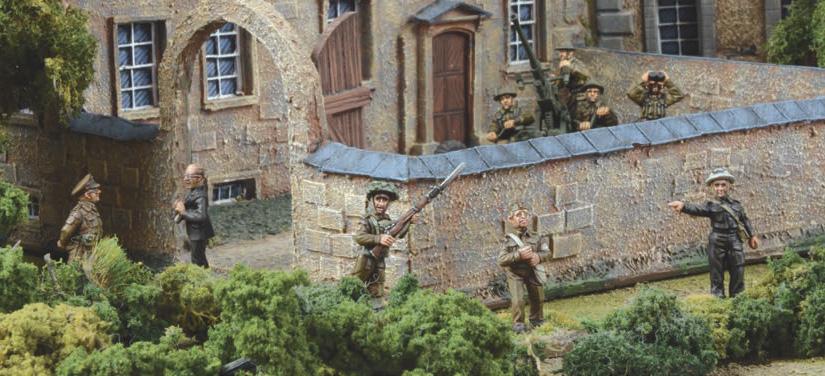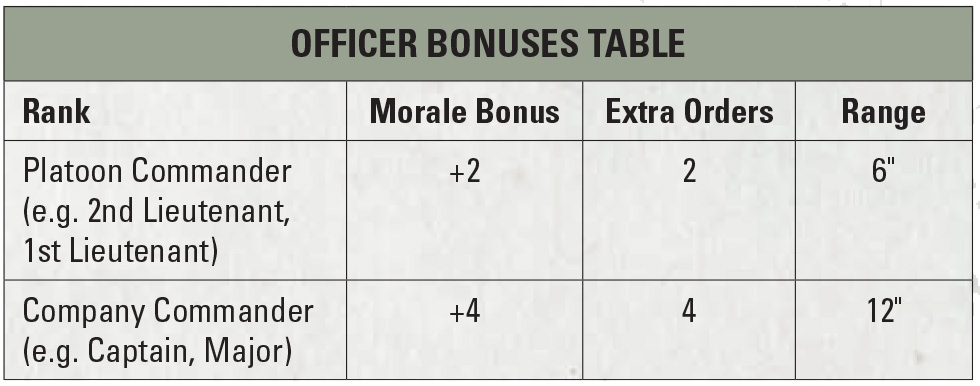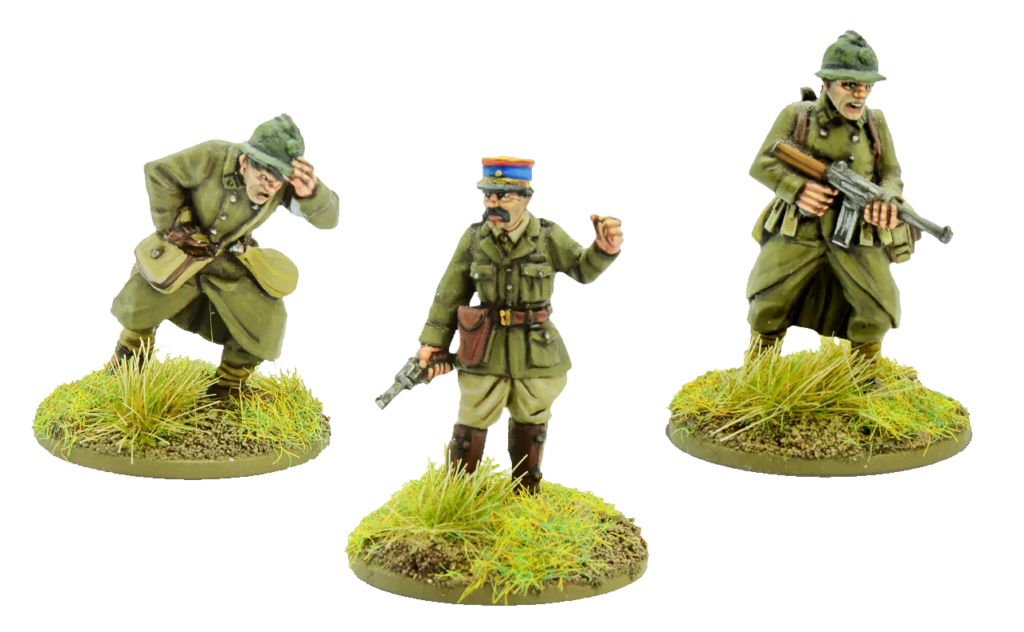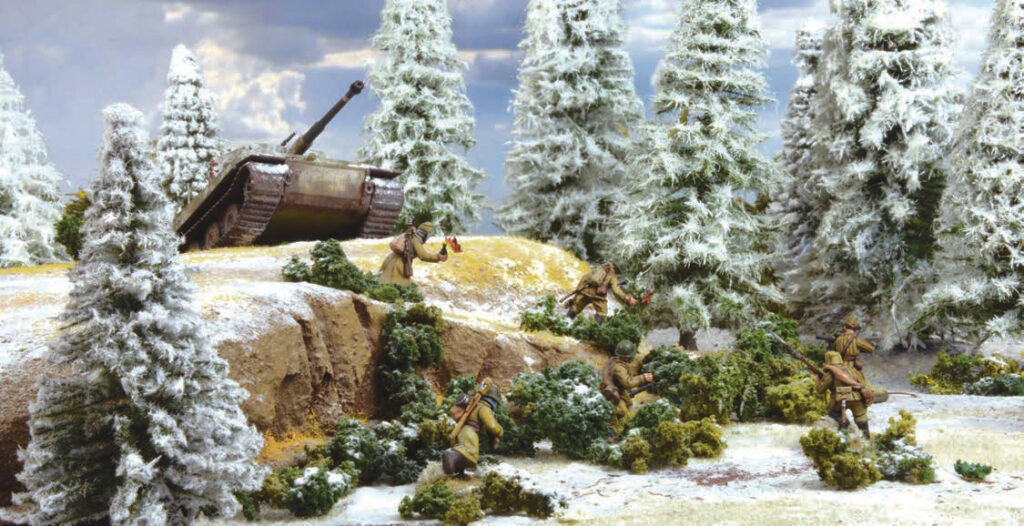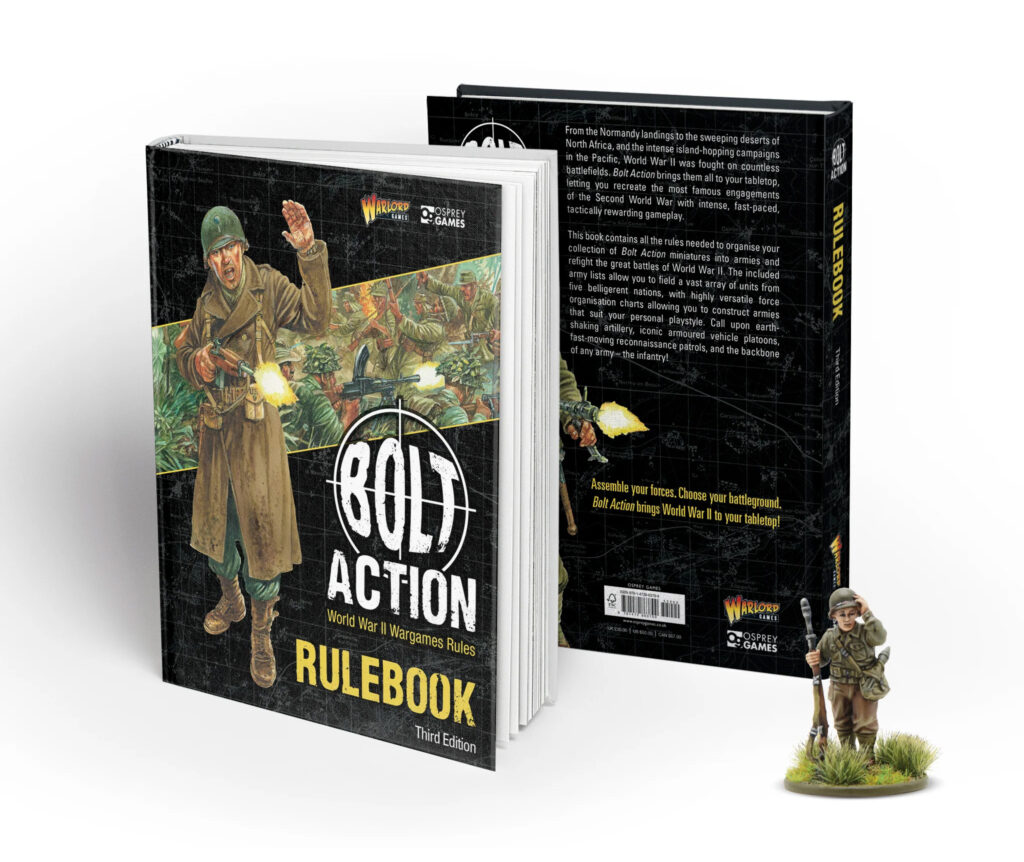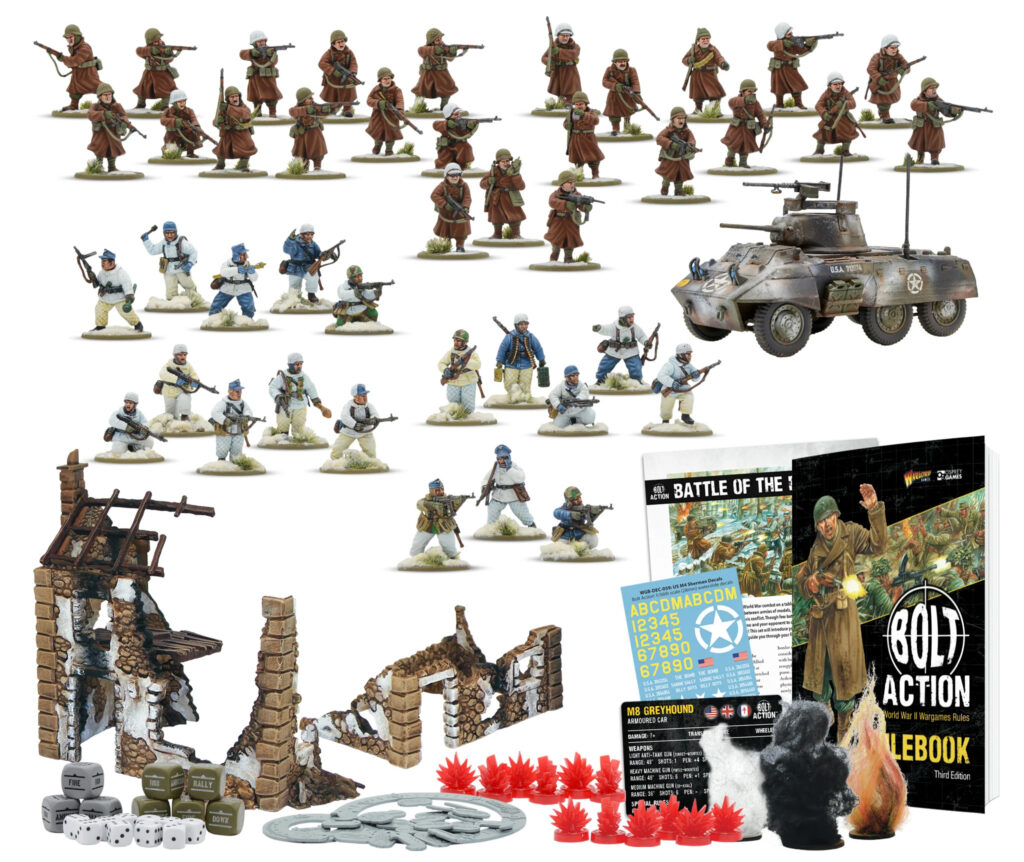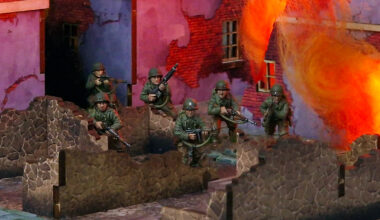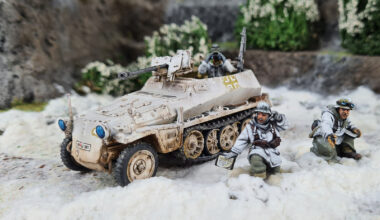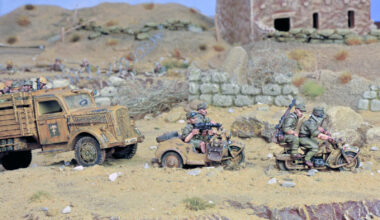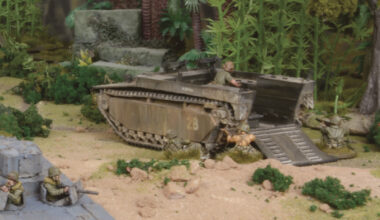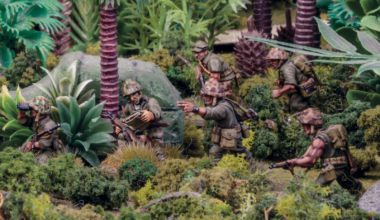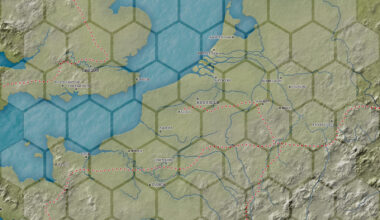It’s Wednesday, and that means it’s time for another Intelligence Briefing on the upcoming Bolt Action: Third Edition! Today, we’re talking about troop quality, morale, and a few different things that spin off from those concepts. While there are some pretty big changes, one of the guiding principles of Third Edition is that if something worked and we couldn’t think of a way to make it straight-up better – leave it well alone!
Veterans of Bolt Action: Second Edition will be delighted to know that nothing major has changed when it comes to troop quality and morale – Inexperienced are wounded on a 3+ and have a morale of 8, Regulars 4+ and 9, and Veterans 5+ and 10 – so why are we writing this article? Rolling to wound happens just the same as it did in the last edition, as do morale and order checks. It’s a part of the game that works really well, and so we didn’t make any fundamental changes.
What we did do, however, is change quite a few bits around that core, and that’s what today’s article is about (as well as giving you a little bit of insight into the design process!). There’s a notable change to one of Bolt Action’s six Orders, an update on new-look Officer teams, and a reason for vehicles to be careful near the edge of the table – a little bit of everything for you!
We’ll start with the Order – RALLY has received a big boost to its effectiveness. Now, when a unit is ordered to RALLY, they take an order test without taking into account any Pins, and if they pass, they immediately remove all Pins! With Pins being easier to put on a unit in this edition, we reasoned that if a unit is going to spend its entire turn summoning up its courage to get back in the fight, it may as well get properly back in! As a side note to Pins and morale – if a unit accrues a number of Pins equal to or greater than its morale value, it immediately breaks and flees, and is destroyed! On a similar theme, regardless of how many Pin markers it has, or how many bonuses or penalties apply, a unit cannot have a morale value of more than 11, or less than 2. In other words, 11 is the best value possible and 2 is the worst!
So what about Officers, and the morale bonus that they provide to troops? Well, if you look at the below table, you’ll see there’s one big change:
Gone are the days of differentiating Second and First Lieutenants and Majors and Captains – now we just have Platoon and Company Commanders, who provide the bonuses you can see above. Essentially junior and senior officers are now the ‘upper’ level of their bracket from Second Edition, which makes them just that bit more useful on the tabletop. In addition, they now have to pay for their weaponry – gone are the days of free assault rifles for all German officer teams – this is part of a wider philosophy of ‘no free units’ across the whole of Bolt Action: Third Edition.
Finally, we come to vehicles and morale. As we know, vehicles deal with five of the six Orders in essentially the same way as infantry – the only big difference is DOWN. Vehicles cannot choose to go DOWN as a reaction (it’s a bit difficult to hit the dirt when you’re inside a tank!), but instead may be forced to either go DOWN as a result of damage, in which case the order simply represents them forfeiting their action due to shock, or as the result of failing an order check. When a vehicle fails an order check, it receives a DOWN dice, and instead of following orders, reverses away from the fight. We’ve made a couple of small but very important changes to the exact wording used here, which we’ve reproduced below:
A pinned vehicle is treated somewhat differently to a pinned artillery or infantry unit. A pinned vehicle must still take an order test to attempt an action, but if this is failed and if the vehicle has visible enemy to its front arc, it must make a reverse move if able to do so before going DOWN. Note that this reverse move has to be straight backwards, with no pivot allowed. This represents the vehicle reversing away from danger and then coming to a halt. If unable to move because it is immobilised it just goes DOWN.
If there are no visible enemies to its front arc then the vehicle goes DOWN where it is. If a vehicle is unable to comply because there are any models or impassable terrain blocking its path, it can and indeed must manoeuvre to try to reverse going around the intervening impassable terrain or models by the shortest available route. If a reversing vehicle reaches the table edge, then it retreats off the battlefield and is treated as destroyed!
This change of wording does a couple of things. Firstly, it makes it explicitly clear when and how your vehicle must reverse in the case of a failed order check, and also adds a real element of risk – reverse off the table, and you’re outta there! This is particularly dangerous for any vehicles that might want to lurk at the back of the board for long range fire support – a failed order check could well spell doom!
These are just some of the tweaks and changes made throughout Bolt Action: Third Edition – to see them all in September, make sure you’ve got your pre-orders sorted!

